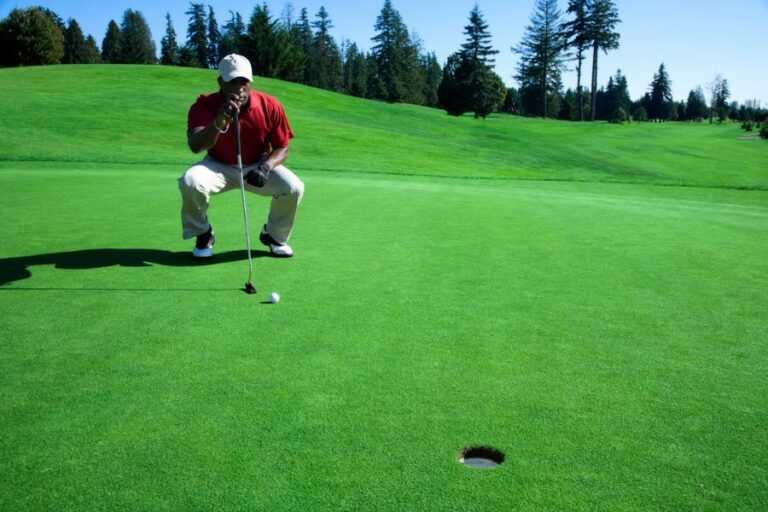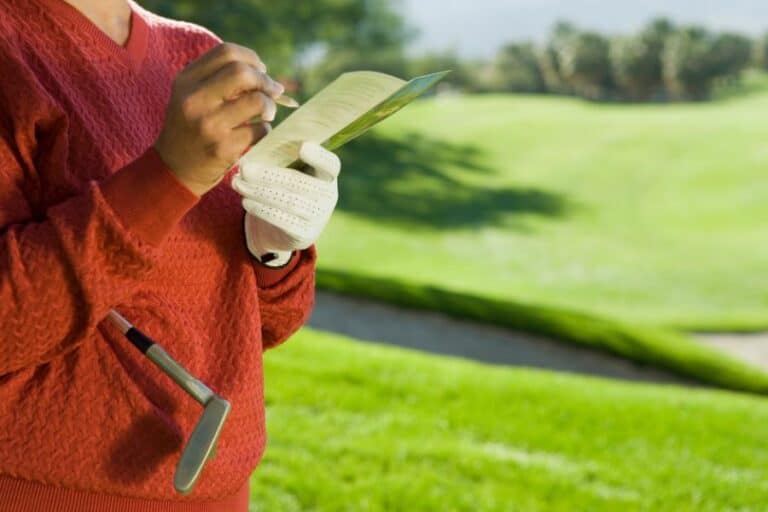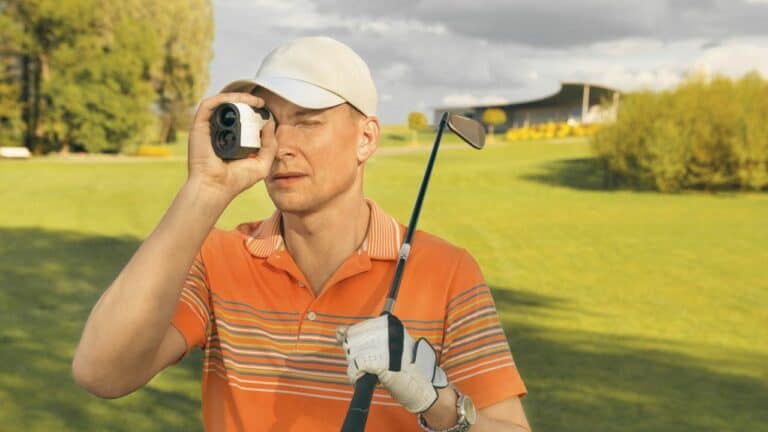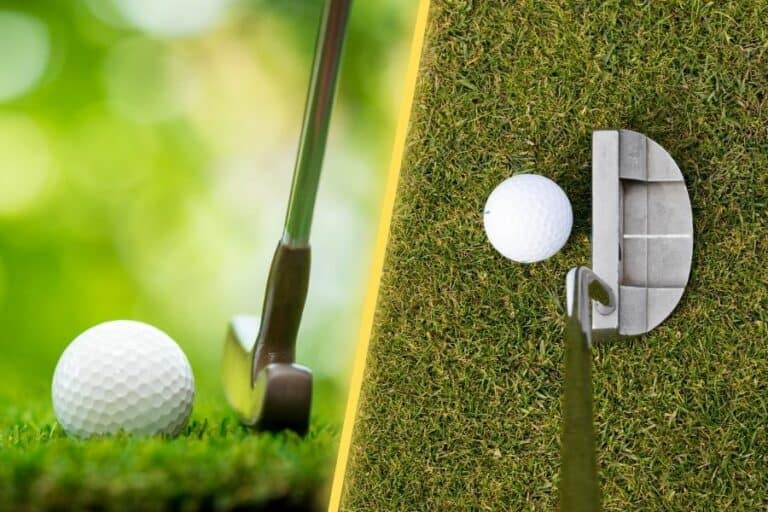How Are Golf Balls Tracked On Television-(PGA Ball Tracking)
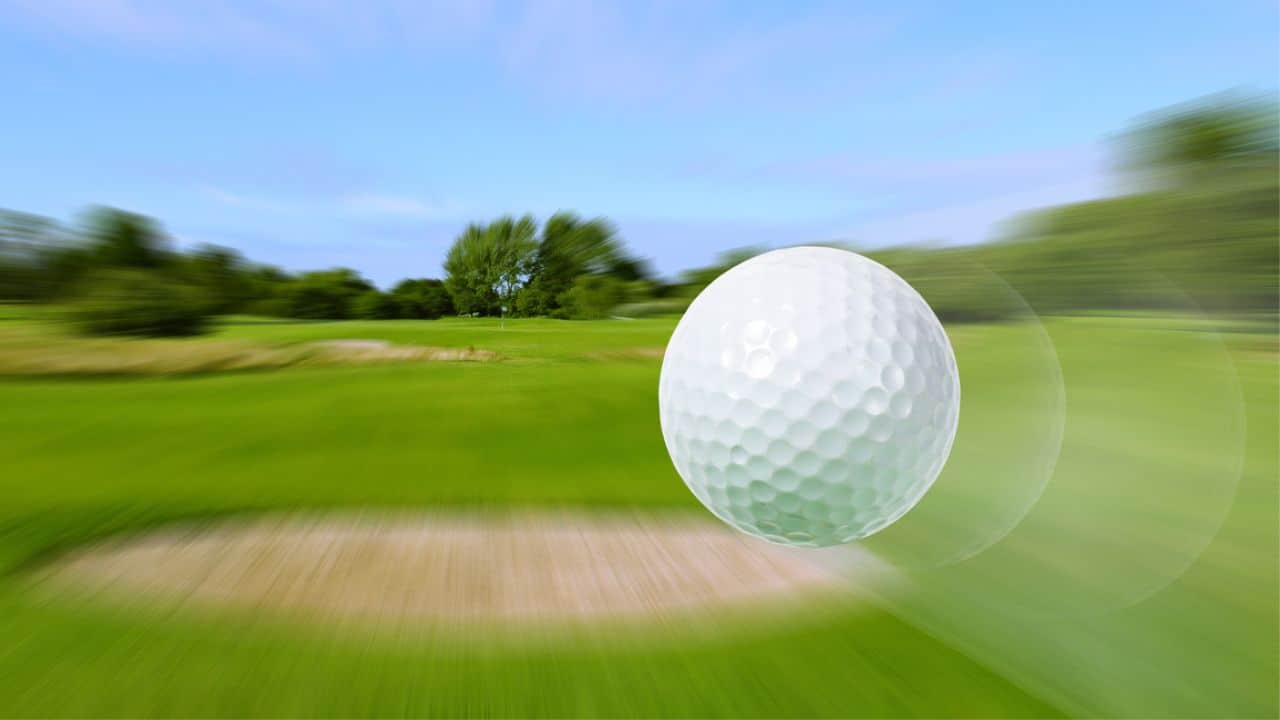
Golf balls on television are tracked using Toptracer. The advent of real-time ball-tracking graphics has significantly enhanced the viewer’s experience, leaving us astounded by this remarkable technology.
Especially for those tuning in from home, following the rapid and small golf ball can be a substantial challenge. However, with these advancements, it has become considerably easier and more enjoyable.
However, there’s much to learn about how are golf balls tracked on television. So, let’s delve into the details.
I. History of tracking golf balls
Toptracer, originally known as Protracer, history dates back to 1998. Daniel Forsgren, a Swedish entrepreneur, and a golf lover, was on a quest to find a way to monitor the ball flight path of golf balls and map out their trajectory. He developed the first ball-tracking system, Protracer.
This innovative creation significantly revolutionized the world of golf. Launched in 2006, Protracer not only enchanted television viewers but also had a profound impact on millions of golfers and coaches worldwide.
It quickly became one of the most widely utilized technologies for coaching, as well as for analyzing swing and ball data for golfers at all levels of expertise. Later in 2016, Topgolf acquired Protracer, and it was rebranded as Toptracer.
II. How does Toptracer Track Golf Balls for Television?
Toptracer utilizes CMOS sensors (Complementary Metal-Oxide Semiconductor) to track golf balls in real-time and create captivating flight path graphics for television viewers.
These CMOS sensors, similar to those found in modern DSLR cameras, play a crucial role in creating a three-dimensional space to monitor the golf ball’s movement.
Here is how TopTracer Technology features work
1. Use of CMOS Sensors
Toptracer employs Complementary Metal-Oxide Semiconductor (CMOS) sensors, also found in modern DSLR cameras. These sensors are used to create a three-dimensional space.
2. Tracking the Ball
As the golf ball moves through this 3D space, the CMOS sensors track its flight in real-time. This is a crucial aspect of the process as it allows for precise tracking of the ball’s trajectory.
3. Data Processing
The CMOS sensors are connected to a computer where the actual magic happens. As the golf ball travels through the 3D space, the computer identifies the ball in each captured image.
4. Creating Real-Time Tracking Image
Once the ball is identified, the computer then generates a real-time tracking image of the ball’s flight path. This image is subsequently delivered to television screens, providing viewers with a clear view of the ball’s trajectory.
5. Camera Placement
The camera, equipped with the Toptracer technology, remains stationary and is usually positioned behind the golfer for optimal data capture. This placement ensures that the ball’s flight can be accurately traced from the moment it leaves the golf club.
6. Mobility of Technology
One of the standout features of Toptracer is its mobility. The technology can be moved all over the golf course, allowing for additional graphics and data to be provided.
This feature benefits not only the players but also commentators and viewers, offering a more comprehensive understanding of the game.
III. Features of Toptracer technology
TopTracer technology can track and provide various parameters related to golf shots. Here’s a brief of the features you can expect from TopTracer:
- Ball Flight: TopTracer uses highly evolved cameras placed around the golf course to track the ball’s flight. It collects data on factors such as attack angles, launch, total carry, ball spin, and more.
- Viewing Technology: The technology enhances the viewing experience for spectators watching professional golf games. It provides a 3D model of the ball’s flight on the screen, allowing viewers to see and learn from the shots.
- Network Integration: TopTracer is used by all major networks, including NBC, CBS, and Golf Channel, to improve the golf viewing experience. It replaces the old method of manually following the ball with cameras and provides seamless tracking.
- Statistics and Features: TopTracer technology provides various stats and features, such as ball speed, apex, curve, carry, and more. These stats are easily achieved because of the system’s ability to track multiple balls throughout the course. It helps commentators provide insightful analysis and enhances viewers’ understanding of the game.
- Driving Range Usage: TopTracer technology is utilized on driving ranges, allowing professionals to warm up and practice golf swing. It provides additional data and analysis, which can be compared to their performance on the actual golf course.
- TopTracer App: The TopTracer App allows users to create a profile, track their golf game, and manage their progress. It stores swing information from previous sessions, provides challenges, and connects golfers with a community of users.
- Leaderboard Technology: TopTracer enables live leaderboards, enhancing the experience of playing golf with friends. It helps organize events, contests, and virtual competitions, making amateur players feel like professionals.
- Driving Range Management: TopTracer provides a complete driving range management software system for driving ranges that want to incorporate technology into their facilities.
IV. Other golf ball tracking methods
In addition to Toptracer, other systems exist to track golf balls for TV, requiring skilled camera operators positioned on the course. This practice dates back to the late 1950s when Frank Chirkinian, known as ‘The Father of Televised Golf,’ revolutionized live golf broadcasts.
Chirkinian introduced techniques such as capturing as many shots as possible, cutting between players, and placing microphones around the course to capture player comments.
He also utilized unique camera placements, including tall trees, towers, and blimps, to showcase unprecedented shots of the ball in flight and the golf course.
Chirkinian’s innovative approach caught the attention of CBS, where he spent the next 37 years significantly enhancing the enjoyment of golf for TV viewers.
V. How do Cameramen shoot golf for TV?

Cameramen shooting golf for TV employ various techniques and equipment to capture the game effectively. With the evolution of TV cameras, lighter and more maneuverable systems have become prevalent, enabling cameramen to move quickly and track golf balls in flight.
One significant advancement in camera technology that aids in shooting golf is the integration of gyros.
Gyros, or gyroscopic camera stabilizers, are devices used to stabilize cameras and counteract any movement or shaking. They help maintain a steady golf shot while following the action on the golf course.
These stabilizers are often mounted on handheld rigs or shoulder mounts, allowing camera operators to move swiftly and smoothly across the course.
The camera operators’ primary objective is to anticipate the golf ball’s trajectory and capture its flight path accurately.
This requires a good understanding of the game of golf, as well as experience in predicting the ball’s movement based on factors such as club selection, swing mechanics, and weather conditions.
The cameramen are typically positioned strategically around the golf course to cover various golf shots and angles. Some common camera positions include:
- Tee Box
- Fairway
- Greenside
- Elevated Platforms
In addition to the handheld cameras, golf broadcasts often utilize other specialized equipment, including:
- Cable Cameras
- Robotic Cameras
- Aerial Drones
VI. Are cameras placed on the golf course during PGA Tour Events?
During the PGA Tour, cameras are strategically positioned across the golf course. They can be found on tee boxes behind players, as well as in various locations such as trees or grandstands.
These cameras provide different angles and perspectives for television producers to create comprehensive event broadcasts.
Due to the extensive camera setup required, it can take weeks to prepare for these events. The broadcasters aim to ensure full coverage of the course, capturing all the great shots during the tournament.
VII. Is watching golf on TV better than in person?

Watching golf on TV provides certain advantages over watching it in person. Television broadcasts offer multiple camera angles, instant replays, commentary, and the ability to see the ball’s flight path clearly.
However, being present at the course offers a unique atmosphere and the chance to see your favorite players up close. Ultimately, the choice between watching golf on TV or in person depends on personal preference.
Conclusion
TopTracer technology has revolutionized how golf is broadcast on television and played on driving ranges. Ultimately, the experience of watching or playing golf is made more enjoyable by this technology, as it provides added data and analysis that enhances the viewing experience.




